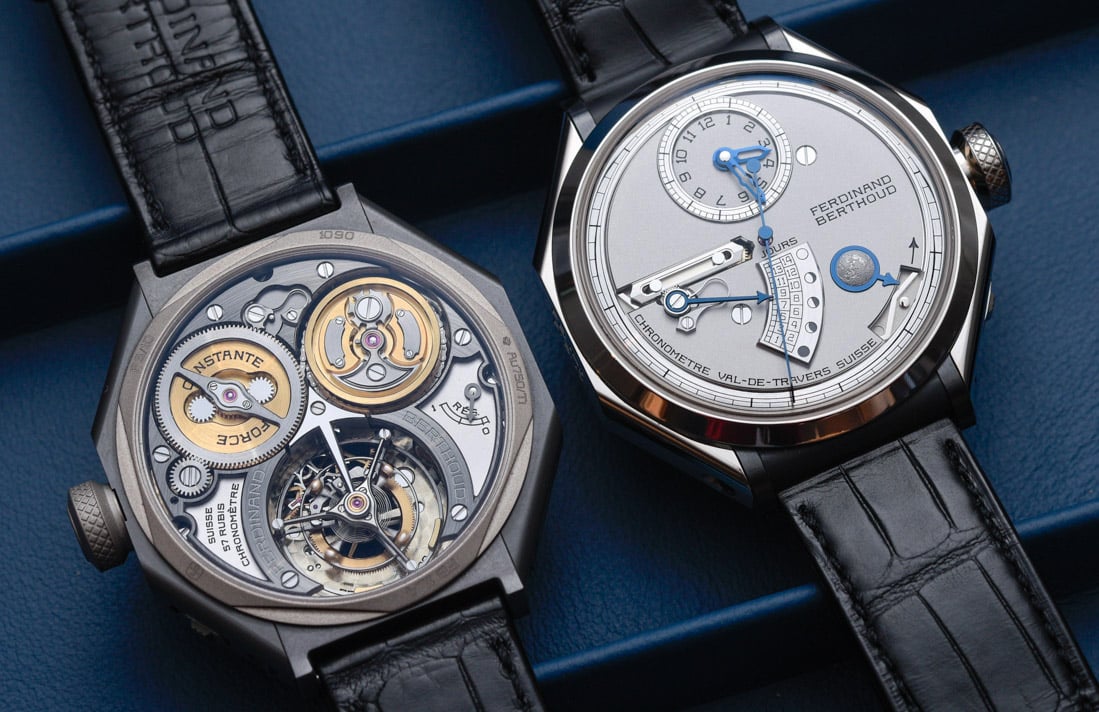Tool Watches In The Age Of Functional Jewelry Leave a comment
According to my logic, the simple wristwatch — particularly the mechanical form — has entered the age of utilitarian jewelry. The operative assumption here is that, rather than being relied on for functionality, wristwatches are highly communicative devices we wear in order to convey something about ourselves. It’s not to say that watches can’t still be used as tools, but that’s not why they’re so popular.
In actuality, the shift from watches as items to meet a utility demand in the market to practical jewelry occurred some time ago – when only a few people noticed. (In addition, the document was never distributed to the men and women who actually produce the majority of watches.) The aforementioned failure of higher-ups to educate rank-and-file watch industry workers that the outcome of their effort was not being appreciated for its functionality was the source of much consternation. Even today, many people who make wristwatches have just a hazy understanding of why consumers buy the products of their labor.
When you think about it, the last aspect is quite humorous. It’s very amusing when someone creates something as intricate as a watch and has no idea why anyone would want to buy it. I don’t think I’m going too far when I say that many individuals in Switzerland can’t tell you why someone buys a luxury watch in the first place, let alone why they might buy their watch over someone else’s. I’d like to spend more time pondering this fact, but for now, just remember it.
When you create a tool, you understand its market role because you can compare its pricing and performance to that of other similar products on the market. Tools function in accordance with measurable parameters such as “operations per minute” or service life. Making good watches necessitates mastery of great tools, and as a result, great watches end up being good tools. What happens, though, when people enjoy possessing and transporting certain tools but no longer require them, or when they acquire new tools that render single-purpose equipment obsolete? Consider this for a moment and you’ll see how it connects to the last 30 years in the wristwatch market.
Being useful jewelry is what saved the traditional watch industry in the 1980s and 1990s, and it is why the globe has “luxury watch fever” to this day. Functional jewelry is what Rolex and Cartier primarily market to men, and it is what has allowed an industry to develop for wearable men’s status objects (for all but the most flamboyant and opulent of men who can get away with wearing non-functional jewelry).
What exactly is “functional jewelry”? “Functional” means that the worn object has some utility (however minor), as opposed to doing nothing other than covering your skin. A shirt, for example, has the purpose of keeping you warm, but individuals don’t usually buy clothes based only on their ability to keep them warm. The most common purpose of a timepiece is to tell the time. Yes, many watches do this, but the utilitarian use of these things lies in the information they neatly show on your wrist.
How do you describe or quantify the worth of jewelry? This is where things get very psychological and vexing for data-hungry marketers who incorrectly believe that the worth of something can be simply assessed. Even most dictionaries have a bad definition of “jewelry,” describing it as “jeweled or ornamental objects worn for personal decoration.” What does this teach you about the purpose of jewelry? It’s not much.
Some males avoid wearing jewelry because it is perceived as feminine. In Western society, women are clearly perceived as being primarily concerned with wearing non-functional objects to enhance their feeling of beauty, elegance, and status. Men, for the most part, aren’t able to get away with such behavior unless those products have a functional reason for being needed (ironically, in pure Calvinist tradition). (“Of course, I need to view the clock on my wrist in a theme-appropriate package while flying my jet.”) Men do wear jewelry, but they don’t refer to it as such. We enjoy the labels “gear” and “stuff,” but all of the gear and stuff that exists outside of our pockets is most likely practical jewelry. And, as with any jewelry, its unique design and execution add to its communication value.
The premise here is that in order to sell watches, they must be treated (for the most part) like utilitarian jewelry. Good timepieces, on the other hand, are born as worn tools rather than useful adornment. So, how can the watch industry effectively navigate the big unknown of the twenty-first century by accomplishing both at the same time? I question it because the current dichotomy between tool watches and utilitarian jewelry may be causing more pressure in the industry than just value.
